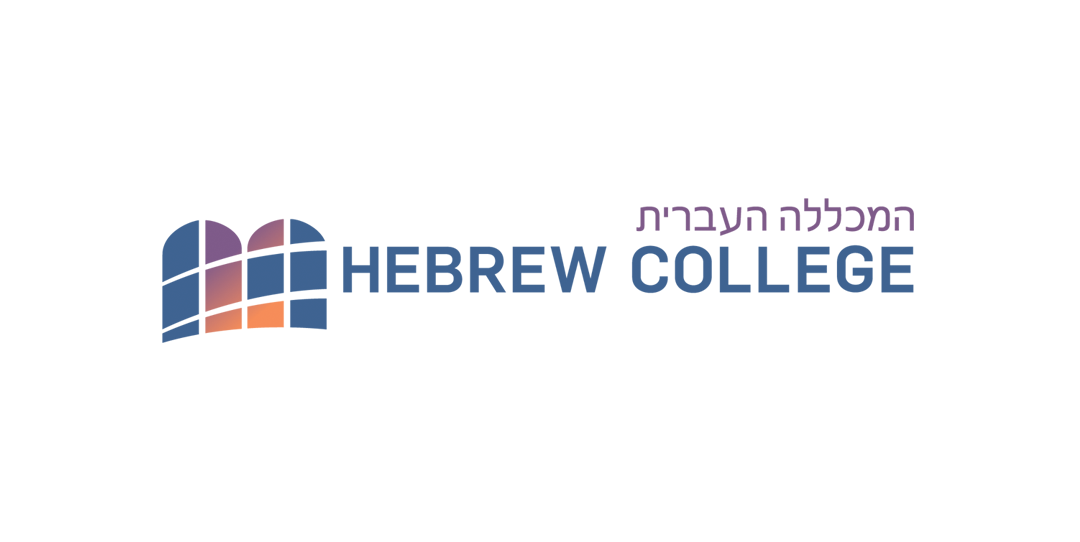Rabbinical School Divrei Torah How Isaac Lost His Ḥet

The name יִצְחַק is rendered in English as “Isaac,” with no consonant corresponding to the ḥet (ח) in the Hebrew. By contrast, the renditions of other Hebrew names containing a ḥet do include a reflection of this letter — for example, Rachel, from רַחֵל.
The explanation appears to relate to the fact that the Hebrew letter ḥet corresponds to two different consonants in “Proto-Semitic,” the hypothetical, reconstructed ancestor of the Semitic languages. One was apparently pronounced as the letter ḥet is traditionally pronounced by Jews from Arabic-speaking countries — smoothly and softly, like the letter heh (ה), but with a constriction of the lower part of the throat; the other was pronounced as Ashkenazi Jews pronounce ḥet today — that is, the same as the letter kaph (כ) is pronounced when it has no dagesh.Arabic, by contrast, preserves them as separate letters in its alphabet.
Although a single letter, ḥet, appears in Hebrew regardless of which of these two Proto-Semitic consonants underlies it, it may well be that the two continued to be distinguished in pronunciation as least as late as the third–second centuries B.C.E., when the Septuagint translation of the Tanakh into Greek was created. This can be seen from the fact that the Septuagint’s transliterations of Hebrew names treat the two ḥets differently. When a ḥet is one that was originally of the first type (as determined by a comparison with cognate words in a language that maintained the distinction between the two types), it is not reflected by a Greek consonant; thus, יִצְחַק is transliterated as “Isaak.” On the other hand, when the ḥet is one that was originally of the second type, it is represented by the Greek letter chi. It is likely that the translators of the Septuagint were distinguishing, as best they could — given the letters available to them in the Greek alphabet — the two different pronunciations they heard of the letter ḥet.
A similar explanation accounts for the fact that the ‘ayin in the place names עַזָּה and עֲמֹרָה is reflected by a “g” in their English versions, Gaza and Gomorrah, while the ayin (ע) in יַעֲקֹב is not reflected in its English version, Jacob. In this case, too, there were two different Proto-Semitic consonants that merged in Hebrew into the letter ayin: one was pronounced something like the letter r in French, the other like the letter aleph (א), but with a constriction of the lower part of the throat. In transliterated names, the authors of the Septuagint often transliterated the first with the Greek letter gamma and did not reflect the second as a consonant in their transliteration.
This is just one of several ways that ancient translations of the Tanakh shed light on features of older Hebrew.

